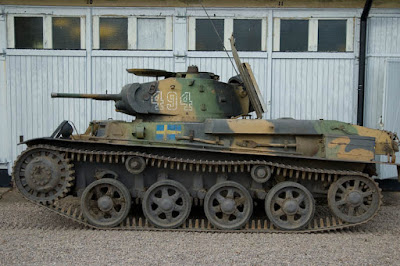I purchased this ammo can back in 2010 and it has been "banging around the shop" ever since. I decided to take a closer look at it, and discovered a few VERY interesting details!
This ammo can is for the German post-war versions of the WW2 MG42 machine guns. The can is sized for the .308 NATO caliber rounds, and held a 250 round linked belt. These cans were used by all of the post-war German forces, but this particular can is painted in Bundeswehr Olive Green.
This can is marked with the date number "67", for the year 1967. The fact that the can is marked 1967 is actually quite significant, as we will see.
On the side of the can, written in felt pen, is the notation
"MG5 121".
Here is where it gets interesting!
With the date of 1967, we know that this can would have been used with the MG1A3 and MG2 machine guns. These were the two earliest, post-war versions of the MG42 used in Germany.
In 1968, the MG3 version was introduced.
| 9 / 67 is for the date, September 1967. BK is the maker's mark. |
The notation of MG5 121 means that this can was also used for the MG5, also know as the H&K 121. This version was trialed by the Bundeswehr in 2005, but not adopted.
Since I bought the can in 2010, not long after it was surplused. That means that this ammo can saw service with four versions of the German post-war MG42 variants!
MG1A3
MG2
MG3
MG5 / H & K 121
There are also some "inventory numbers" painted on the can as well. These would have been used internally, within the unit to keep track of the can and its contents.
I love it when a seemingly "ordinary" piece of surplus ends up telling an amazing story!
Unless you have one of these cans in your collection, one seldom gets to take a close look at the details. Let's take a look at this ammo can.







